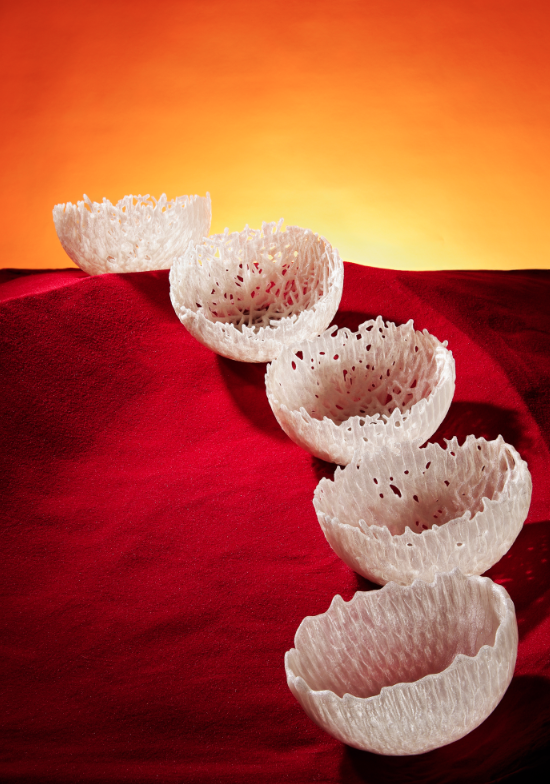
Thanks to advances in connected technology, the feedback loop between influencers, producers and consumers is closing. The traditional model saw top designers create catwalk collections, which were then distilled by high-street brands, and sold on in bulk to mainstream consumers. But now, thanks to social media, Kickstarter projects and 3D printers, we’re seeing both the wide dissemination of ideas and the exit of the middle man.
It’s a change in thinking that responds to our audience’s hunger to be part of the creative process. With 82% of respondents willing to spend more on personalised products, it’s perhaps unsurprising that they’re keen to be involved in personalisation. You’re removing material goods and physical things into the space of information, which means they become malleable This marks a tipping point between consumers and manufacturers – and the beginning of a wider co-creation trend. Tumblr is just one of the progressive brands to have launched a responsive platform. Its Creatrs Network aims to connect artists with agencies by licensing their content for ads and marketing. In effect, brands are paying their audience to create their content – a complete reversal of the usual process.
New York-based designer Francis Bitonti predicts a future where algorithms could replace craftwork. In 2014 he launched his Cloud Collection, a range of coral-like homeware that can be downloaded in the form of a digital file and manipulated on a home computer, before being produced on a 3D printer.
“You’re removing material goods and physical things into the space of information, which means they become malleable,” explains Bitonti. “What we’re doing is shifting the idea of the designer from being the one who masterfully crafts a single object to being the one who masterfully creates the systems. That’s the big shift happening. It’s like you create the brain, not just the body.”
This growing trend for products with consumer input ticks several boxes with our audience members. It’s not just about addressing their ethical concerns, it also appeals to their desire to create. As Sandy Black, professor of fashion and textile design and technology at the London College of Fashion, observes: “It’s considering the person, the environment and the level of engagement. If something is made for someone specifically they have a much stronger relationship to that piece. This means creating things that you don’t buy and dispose of immediately.”


